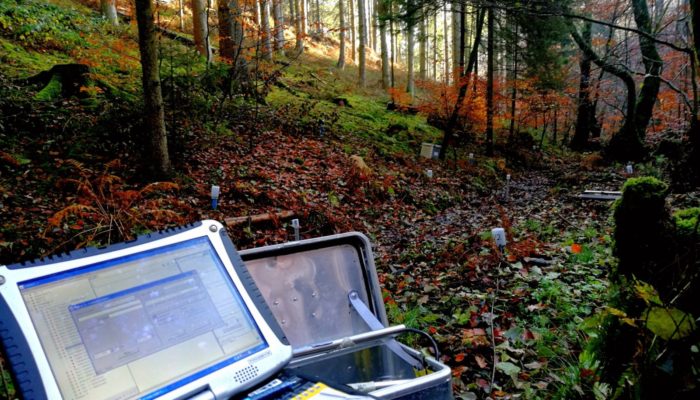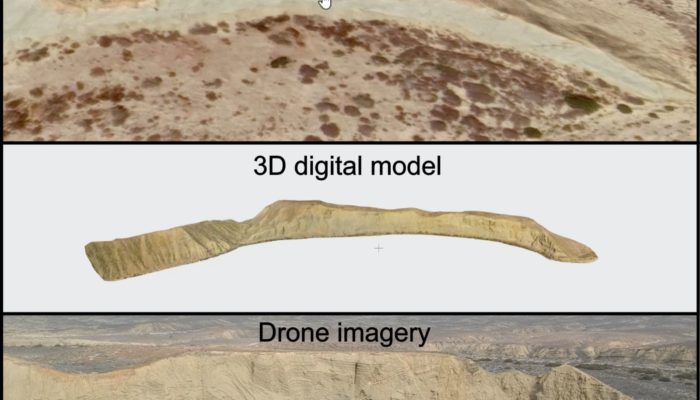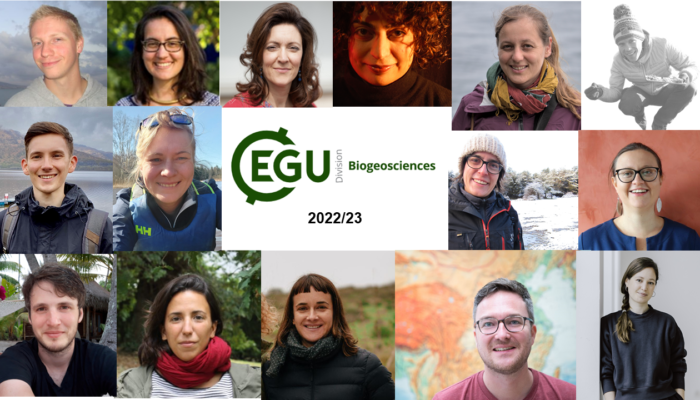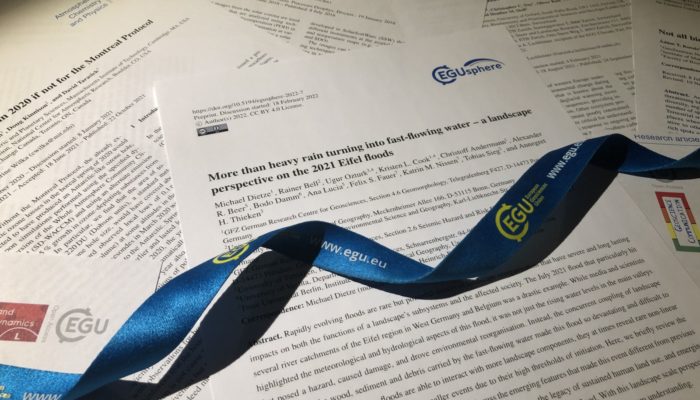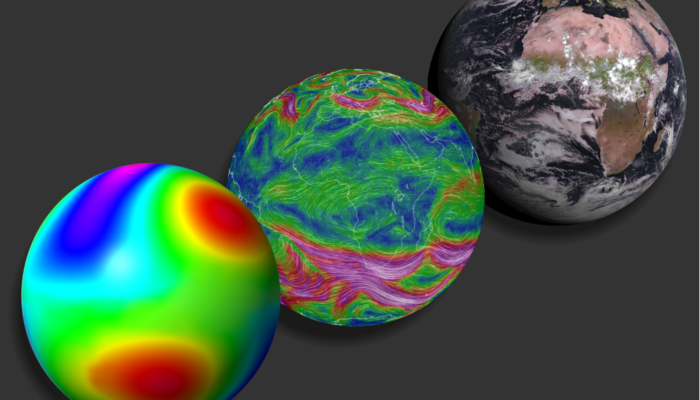by Margaret Shanafield (Flinders University), Ana Manero (Australian National University), Sally Thompson (University of Western Australia), and Greg Claydon Few urban home buyers are picking their dream home based on depth to groundwater. Yet that water level can play an important role in the quality of life in their new home. Typically, it is only after moving in that residents realise problems ...[Read More]
If you didn't find what you was looking for try searching again.
Seismology
Seismic Field Work at the Equator
Benedikt Braszus – PhD student at Karlsruhe Institute of Technology, Germany – takes us on a seismic field trip to tropcial Ecuador. Scientists from Géoazur (CNRS/IRD/Observatoire de la Côte d’Azur/Université de la Côte d’Azur), Karlsruhe Institute of Technology, Instituto Geofísico / Escuela Politécnica Nacional (IG-EPN, Quito), Instituto Oceanográfico de la Armada del Ecuador ...[Read More]
GeoLog
To accept or not accept: what makes a good scientific editor
Researchers and those in academia sooner or later come across the scientific editor: the gatekeeper of scientific journals. The editor plays a key role in the publishing process, working closely with authors and reviewers to implement an unbiased peer-review process that upholds rigorous standards. They are often experienced scientists and experts in their field who ensure that the published resea ...[Read More]
Geodynamics
The Sassy Scientist – Perhaps Communication Isn’t Key
Lots of people think that the challenging things in academia all relate to the actual science, the nitty gritty coding, the paper writing, developing methodologies etc. However, I’m sure that you’ll be reassured by the fact that many of us are stuck with even the simplest of things. Thats why Alice has come to us asking: How can I stay in touch with my supervisor? Dear Alice, It sounds ...[Read More]
Cryospheric Sciences
Winds and Antarctic sea-ice cover: what is the role of human activities?
We may not often think about it, but climate in Antarctica can be very different depending on where we are exactly (do not expect palm trees though!). Winds play a big role in shaping these differences, which are reflected – among other things! – on sea ice. But how are these winds related to the large-scale atmospheric circulation, and are we having an impact on them? Dear readers, pl ...[Read More]
Stratigraphy, Sedimentology and Palaeontology
The digitalization of sedimentary outcrops
From sketches to first photos Knowledge of geology and, in particular of sedimentology, has successfully been transferred and shared for hundreds of years through sketches. Like a botanist or zoologist, a geologist is able to record data from the field with just a paper and a pencil in the form of drawings (see one of the earliest published sketches of an outcrop in Figure 1). Geological maps and ...[Read More]
Biogeosciences
Meet your BG team 2022/23
The Biogeosciences division is pleased to have substantially grown over the last year! In this blog post we’ll introduce you to our new representatives and detail how you can get involved in BG activities over the next year. President: Lisa Wingate (INRAE) Lisa (she/her) has been president of the BG division since 2020 and has been elected to serve until 2025. She works as a researche ...[Read More]
GeoLog
Interactive peer review: The foundation of EGU’s open access journals
Some 20 years ago, a group of young atmospheric scientists united to shake up the scientific publishing world. Their novel idea was to make the peer review process transparent and allow the scientific community to participate in the discourse – in the truest sense of the word: “reviewed by the peers.” From day one, this has been the foundation that EGU’s open access journals were built on. Today, ...[Read More]
Geodynamics
Meet the blog illustrators: Trud Antzée
Communicating research to a broad audience is always difficult for scientists. Because of their ability to translate ideas into visuals that can be used to communicate information to a wide range of audiences, scientific illustrators are critical to the communication of scientific information. In this week’s blog, we are introducing Trud Antzée, one of our blog illustrator. Trud Antzée is a former ...[Read More]
Climate: Past, Present & Future
Simple is good: How we understand climate using idealised models
Do you gravitate to science because of the subject’s ability to explain complicated behaviour in nature through experimentation? When we see things or get our hands dirty by conducting experiments, it helps us comprehend scientific theories which are harder to explain. Introducing a complicated scientific theory is often carried out initially by presenting a simplified version. For example, stude ...[Read More]



